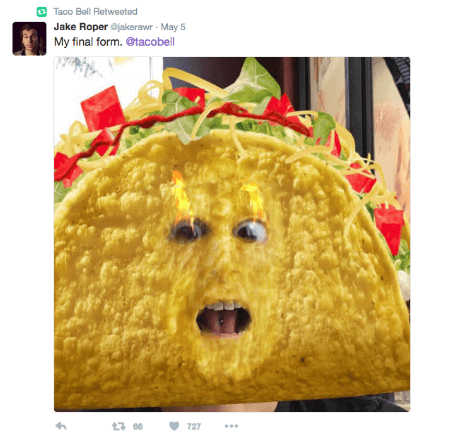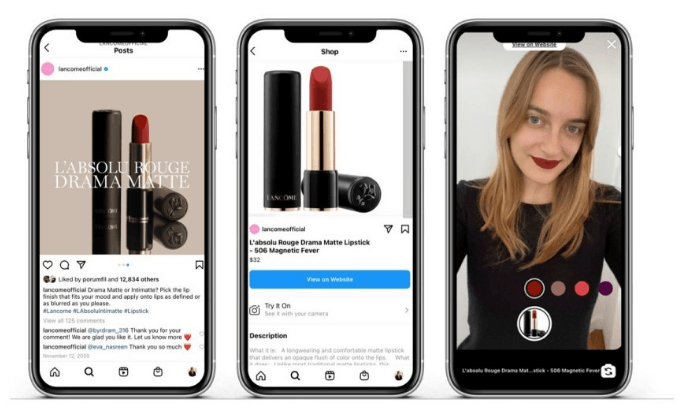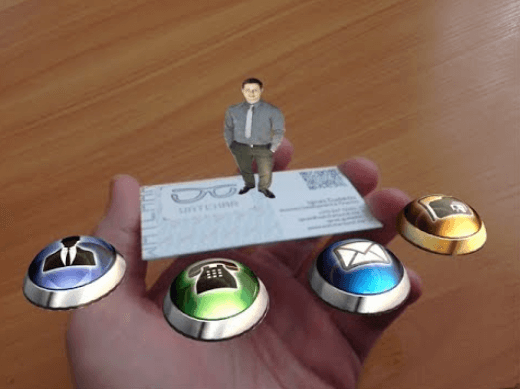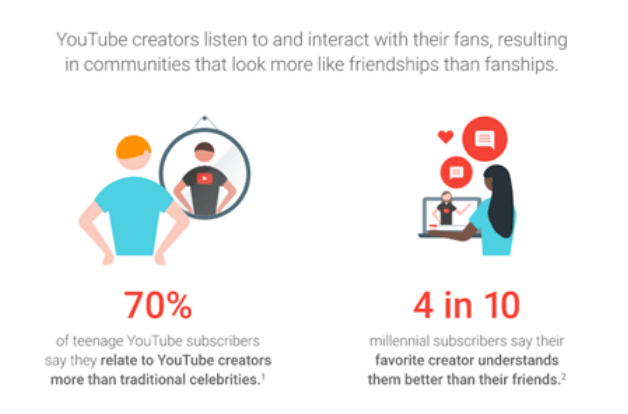However, social media marketing is often one of the most challenging things for a brand to do well. Many still see it as an advertising or promotional channel rather than the perfect showground to collaborate with other users, customers, or influencers, forming a relationship funnel for your brand. With 70% of consumers saying they search for products they need to buy on Facebook or Instagram and an average of 2.5 hours per day per person spent on social media, brands need to get their strategy right.
The way people use social media is changing all the time as technology and behaviors evolve. Businesses that keep up with social consumers will come out on top. This article discusses four of the top social media marketing trends that you cannot ignore.
Video Has Killed the Radio Star
According to a study by Cisco, by 2022, 82% of all online content will be video. If you are not taking advantage of social video now, you absolutely need to be as soon as possible. Brands that use video on social media gain access to powerful data as they take users on a journey. For example, if someone watches an entire video, you can treat them as a hot lead and market accordingly. Meanwhile, those who watch half a video or abandon it even earlier can be sent something different that will resonate better with them.
Video gives brands the opportunity to test different styles and tones on social media, communicate with multiple audiences, and zero in on what is most effective for every target market.
Buzzfeed utilizes video exceptionally well, and since 2017, “Tasty” has been one of the company’s fastest-growing sources of revenue. The videos take a simple recipe and merge them with shots of the cooking process.
All popular social media channels such as Instagram and Facebook now offer brands the ability to post live videos. A live video boosts your social authenticity and establishes trust, as well as potentially reaching a vast number of consumers in minutes via likes and shares.
As people scroll through social media feeds, it’s difficult to grab attention with long-winded paragraphs of text. Only the compelling content makes them stop and take note. Video allows a brand to be concise and capture interest within a few seconds using more digestible snippets and ideally leave them wanting more.
Merging Real and Virtual Worlds with Augmented Reality (AR)
When you hear about augmented reality, the first thing that comes to mind is probably Pokemon Go. However, technology has come leaps and bounds since the game was released in 2016, and there are several ways to use AR to boost social media marketing.
First, brands can use custom filters to promote their products and services. Although it might sound weird, Taco Bell created a Snapchat filter to turn faces of followers into tacos.

The simple idea has loads of people sharing taco versions of themselves, all with the brand logo in the bottom corner. At its peak, the campaign achieved 224 million views in one day. With the average user playing the filter for 24 seconds before sending it, that’s 24 seconds of 100% user attention.
Instagram Shopping now offers AR-powered makeovers.

People can try out different retailers before navigating to their Instagram page, finding the product, trying it on, and buying it. Social commerce is set to make the purchasing process more convenient for consumers, and brands need to be a part of the trend.
AR campaigns provide a way to offer a similar experience digitally for small businesses that are used to operating brick-and-mortar stores. For example, the video below shows how you can transform a boring business card into an augmented experience.

There are plenty of agencies that can help local and small businesses with AR development. A quick Google search for “augmented reality agencies near me” returns 684,000,000 results. An AR app typically costs between $5k and $10k but delivers a significant investment return through better customer experiences and retention rates. Here are some examples of how small businesses use augmented reality to their advantage.
Influencers are Soaring High
In simple terms, an influencer is someone with the ability to influence others. For social media marketing, influences collaborate with brands to promote products and services. In 2020, Dior launched the 67 Shades of Skin influencer campaign, working with an influencer agency.
They worked with 67 influencers for the campaign, each of whom matched with one of Dior’s 67 shades. Every influencer made one post per day for 67 consecutive days with a total audience reach of 2.66 million. The post gained 1.85 million impressions and 592k engagements.
When looking for influencers, you should search for the most popular social content within your niche. Look for the type of people you want to work with and those how can portray the right brand image. It is important not to confuse influencers with celebrities. A Google study shows that YouTube influencers who may not be well-known are more influential on YouTube than traditional celebrities.

Influencer marketing success is about finding relatable support rather than spending big bucks on celebrities who don’t understand your brand and audience. For smaller businesses, there are plenty of resources to help you find local influencers. For example, BuzzSumo provides a database of over 500,000 potential influencers that can make an impact via Twitter, Facebook, or YouTube.
Another quick way to find local influencers is to research Facebook Groups where customers could be discussing your business or related services. Groups can be a goldmine for highly relevant micro-influencers willing to promote your brand.
Personalization is Vital
Personalized digital marketing is not new, but it is still reaching maturity regarding social media. However, with a Forbes study showing that 91% of customers are likely to shop from brands that offer tailored experiences, personalization isn’t something you can do without. The days of blasting the same e-mail out to everyone on your contact list are long gone, so why should social media be any different?
As an example, Expedia uses social media retargeting to retain customers that they may have otherwise lost. First, they have an ad campaign with a call to action asking customers to “Book Now.”


Confectionery giant Cadbury launched a personalized video campaign where followers could send in a name and have a video produced for their loved ones. While it is only a name, it still seems warmers and more relatable than a block video that everyone can see.
Summary
Social media is critical to any digital marketing trends. Trends such as video, influencers, AR, and personalization are here to change the future of social media marketing, along with new technology, artificial intelligence (AI), and exponential growth in data. Brands must ensure they keep on top of the latest trends and retain a competitive social advantage.

